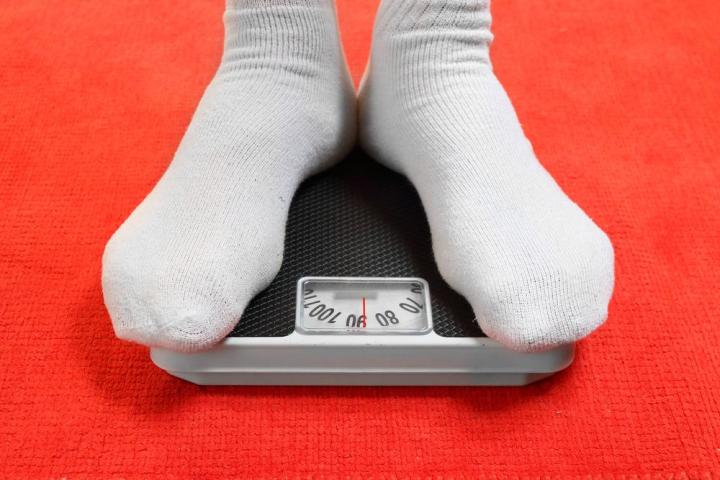
The system has two main parts: a subcutaneously implanted rechargeable neuroregulator (that’s a mouthful), and two electrodes that are laparoscopically implanted by a bariatric surgeon. It’s sort of like a pacemaker, but instead of regulating your heartbeat, it intermittently regulates impulses coming from the vagus nerve — the main circuit that transmits huger and appetite messages to the brain.
Early studies on the vagus nerve demonstrated that when it was severed (a common treatment for peptic ulcers) patients often experienced weight loss and appetite reduction. The only problem was that these effects weren’t long lasting. Overtime, the patient’s body would gradually compensate for the anatomical disruption and return to its normal function.

Moreover, the Maestro System is completely adjustable, so the extent to which it blocks vagus nerve signals can be customized and specifically tailored to the weight loss needs of each individual patient. The device can be non-invasively programmed, and can be adjusted, deactivated, reactivated or completely removed if desired.
But here’s the catch — it might not be the miracle weight-loss technology we’ve been waiting for. Clinical studies are ongoing and much of the collected data has yet to be released, but recent observations suggest that vagus nerve blockade therapy only boosts weight loss by about 9 percent. The same study found that there were also a number of side effects associated with the treatment, including increased likelihood of indigestion, abdominal pain, or nausea.
That said, the Maestro System only requires a minimally invasive surgical procedure, so while it may not be as effective or immediate as gastric bypass surgery, it may be a more appealing option to people who are turned off by the idea of having their guts re-plumbed — even if it might have a few adverse effects.
Now that it’s got the FDA’s seal of approval, the Maestro System is due to go on sale in the US later this year, with sales in other countries to follow.




